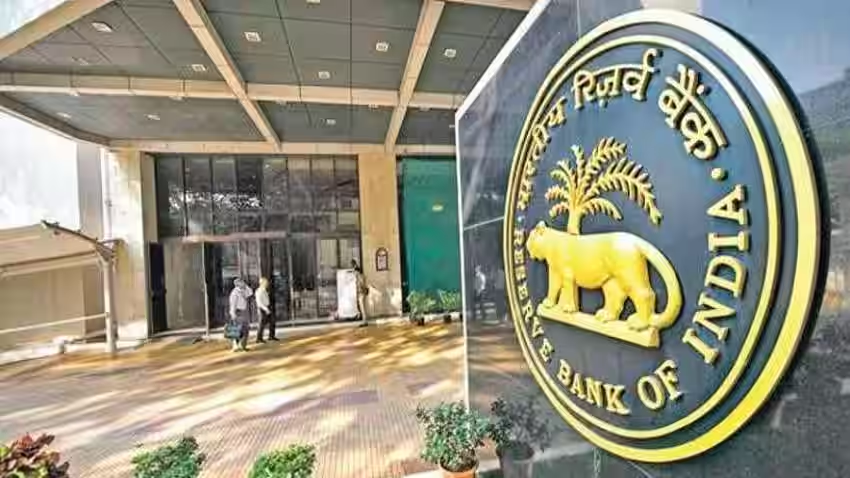Description

Copyright infringement not intended
Picture Courtesy: www.zeebiz.com
Context: The Reserve Bank of India (RBI) has issued new guidelines on state guarantees to address the risks associated with them.
Details
- The Working Group, appointed by the Reserve Bank of India (RBI) recommended several measures to address the challenges posed by State government guarantees. These included proposing a standardized reporting system and expanding the definition of 'guarantee.'
- The report aimed to establish a comprehensive and consistent framework for managing the risks and liabilities associated with such guarantees.
Key Highlights of the recommendations made by a working group
Definition of Guarantee
- A 'guarantee' is described as a contingent liability of a State, processed by an accessory contract, protecting the lender/investor from the risk of borrower default.
- It involves three parties: the 'creditor' (entity receiving the guarantee), the 'principal debtor' (defaulting entity on whose behalf the guarantee is given), and the 'surety' (entity giving the guarantee, in this context, State governments).
- Guarantees are provided to protect against the risk of debt default and the guarantor pledges to be answerable for the debt, default, or miscarriage of the principal debtor.
Expansion of Guarantee Definition
- The Working Group recommends using the term 'guarantee' in a broader sense, encompassing all instruments, regardless of their names, that create an obligation on the guarantor (State) to make a payment on behalf of the borrower in the future.
- No distinction should be made between conditional or unconditional, financial or performance guarantees when assessing fiscal risk.
Restrictions on According Guarantees
- Government guarantees should not be used to obtain finance through State-owned entities, substituting budgetary resources.
- Guarantees should not create direct liability/de facto liability on the State.
- Adherence to Government of India guidelines is recommended, including guarantees only for the principal amount and normal interest component of the underlying loan.
- Guarantees should not be extended for external commercial borrowings, should not exceed 80% of the project loan, and should not be provided to private sector companies/institutions.

Risk Determination
- States are advised to assign appropriate risk weights (indicative of the lender's holding to adjust associated risk) before extending guarantees.
- Categorization of guarantees into high, medium, or low risk is suggested, considering records of defaults.
Ceiling on Issuance of Guarantees
- The report deems a ceiling on the issuance of guarantees as "desirable" to manage potential fiscal stress on the State government.
- For incremental guarantees issued during a year, a proposed ceiling is set at 5% of Revenue Receipts or 0.5% of GSDP, whichever is less.
Disclosures
- The Working Group recommends that the RBI may advise banks/NBFCs to disclose the credit extended to State-owned entities backed by State-government guarantees.
- Availability of data from both issuers and lenders is expected to improve the credibility of the data reported by State governments.
- A proper database capturing all extended guarantees is sought for better tracking and transparency.
|
These recommendations aim to enhance transparency, risk management, and fiscal discipline in the extension of guarantees by State governments, providing guidelines for their issuance and disclosure.
|
Must Read Articles:
RBI: https://www.iasgyan.in/daily-current-affairs/rbi#:~:text=RBI%20is%20a%20member%20bank,Reserve%20Bank%20Integrated%20Ombudsman%20Scheme.
|
PRACTICE QUESTION
Q. While the RBI's monetary policy decisions impact the entire financial system, concerns exist about their effectiveness in reaching the unbanked and underbanked sections of the population. How can the RBI's policies be made more inclusive, ensuring that the benefits of monetary policy reach all segments of Indian society?
|
















